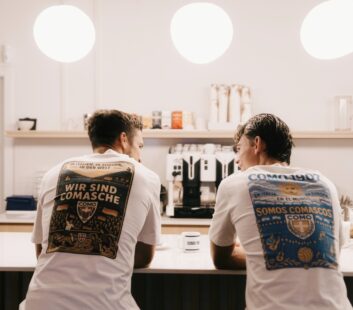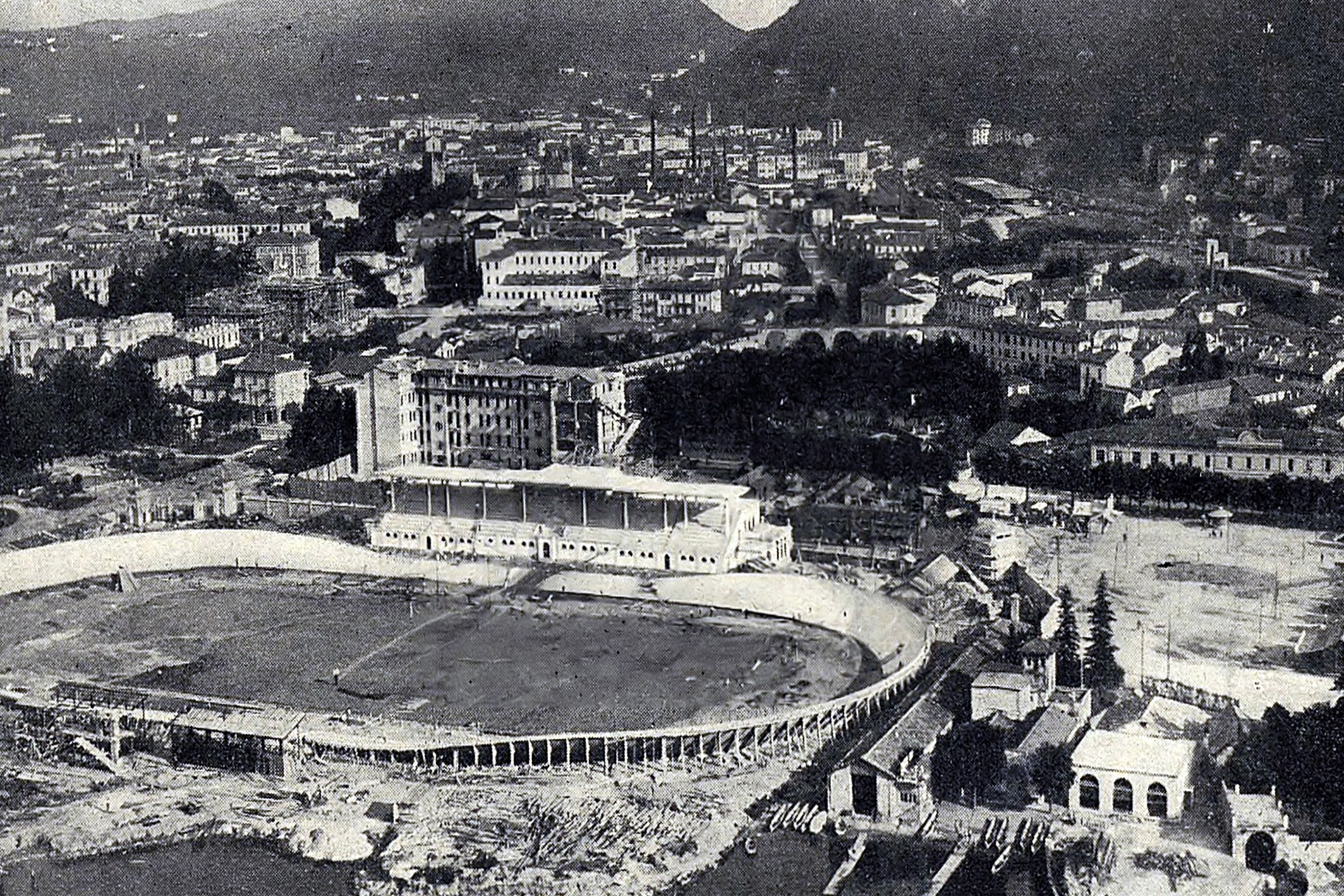
LIFESTYLE
The History of Como 1907 Part Two – ‘1925-1945’
By The Gentleman Ultra Richard Hall
John Ruskin (English Art Critic & Writer) –
“There is not in Italy what there is at Como.”
Between 1925 and 1945, Como 1907 experienced significant transformations, marked by infrastructural developments, competitive successes, and challenges posed by economic hardships and global events.
Formation of Associazione Calcio Comense (1926)
In 1926, under the directive of national authorities, Como Foot-Ball Club merged with local club Esperia, resulting in the formation of Associazione Calcio Comense. This strategic consolidation aimed to strengthen the football presence in the region. Gustavo Carrer was appointed as the head coach of the newly formed team, which commenced its journey in the First Division league. A landmark event during this period was the inauguration of the Stadio Giuseppe Sinigaglia on July 30, 1927, by Prince Umberto di Savoia. This stadium, which remains the club’s home ground, symbolized a new era for the team.
The ‘Invincibles’ Era and Promotion to Serie B (1931)
The early 1930s marked a golden period for Como. Under the guidance of Hungarian coach Gedeon Lukacs, the team achieved an extraordinary feat in 1931 by winning the First Division league without a single defeat. This impeccable performance earned them the moniker “the Invincibles” and secured their promotion to Serie B, the second tier of Italian football. This accomplishment not only elevated the club’s status but also instilled a deep sense of pride among its supporters.
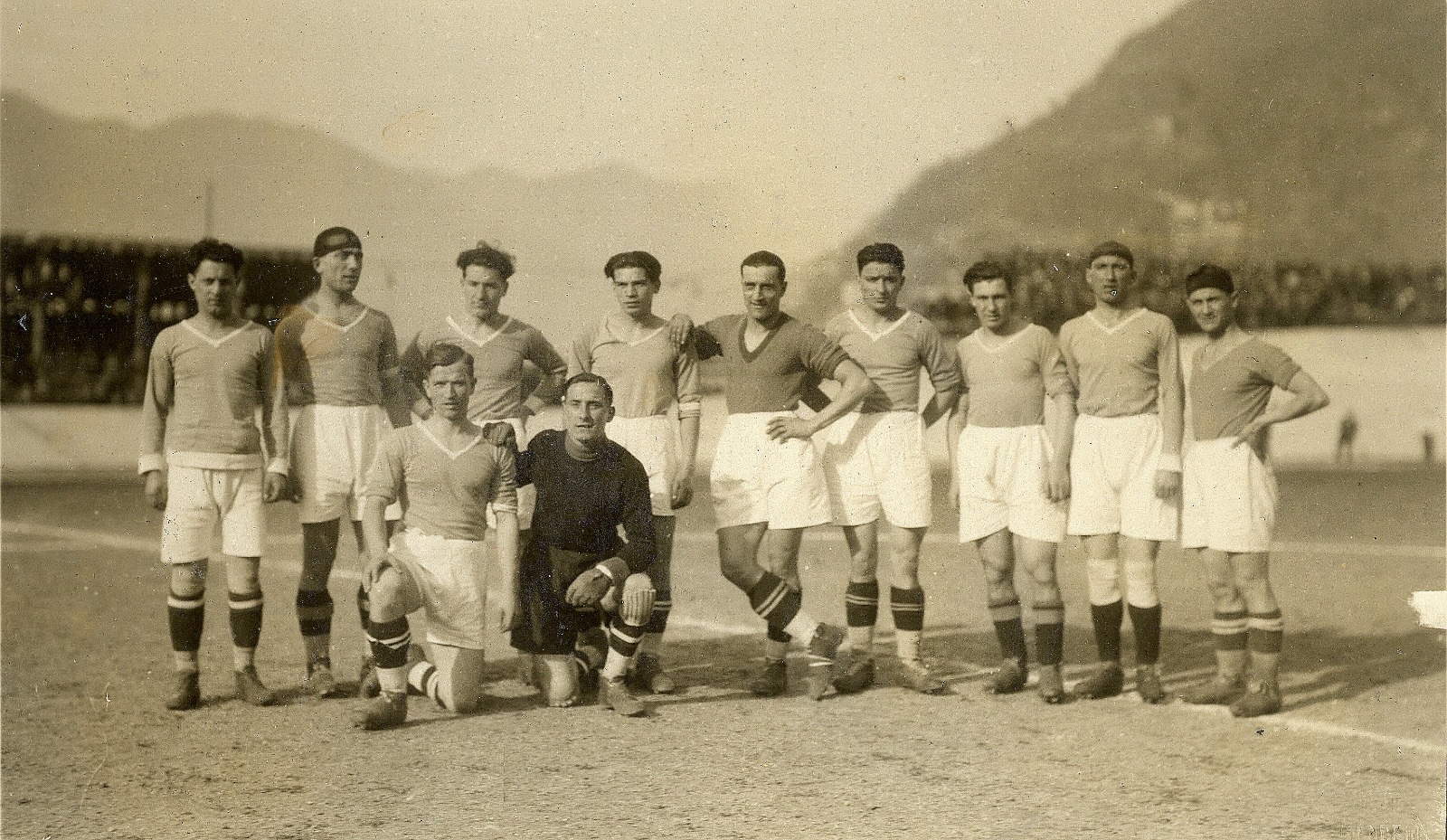
Challenges and Relegation (1935-1936)
Despite a promising start in Serie B, Como faced significant challenges in the mid-1930s. The team remained in the second division until 1935, during which time they were led by notable figures such as Adolfo Baloncieri and later Cevenini III. However, financial constraints began to take a toll on the club’s performance and stability. By 1936, these economic difficulties culminated in the team’s relegation to the Promotion league. This downturn also prompted a rebranding, with the club reverting to the name “Associazione Calcio Como”, shedding the ‘Comense’ suffix.
Impact of World War II (1939-1945)
The outbreak of World War II in 1939 had profound implications for football clubs across Europe, and Como was no exception. The war led to disruptions in regular league activities, with many competitions being suspended or reorganized due to the prevailing circumstances. Travel restrictions, resource shortages, and the enlistment of players into military service further exacerbated the challenges faced by football clubs. While specific records of Como’s activities during this tumultuous period are limited, it is evident that the club, like many others, struggled to maintain regular operations. The war’s end in 1945 marked a period of rebuilding and resurgence for football in Italy, setting the stage for clubs to reclaim their former glory.
So who were the players behind this rise of Como 1907 and who were the men embroiled in the struggle? During this period, several players played pivotal roles in shaping the team’s legacy. From prolific goal scorers to steadfast defenders, these athletes helped establish Como as a competitive club in Italian football.
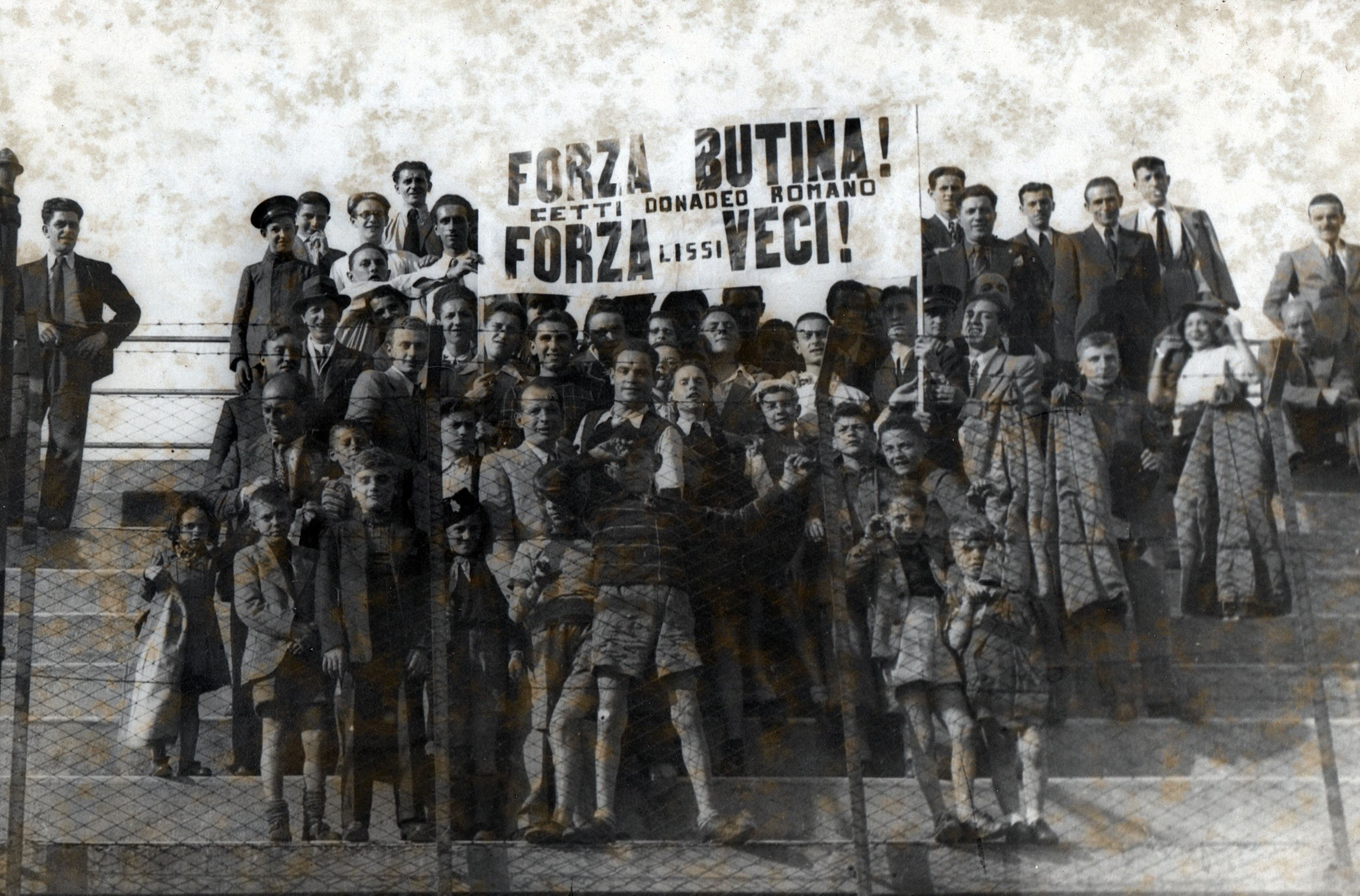
Antonio Cetti: The Legendary Midfielder
Antonio Cetti was a key figure in Como’s history, dedicating his entire career to the club from 1920 to 1941. As a midfielder, he displayed remarkable consistency and skill, scoring a record 91 goals in 278 appearances. His influence extended beyond the pitch, as he also served as a player-coach from 1938 to 1941 before transitioning to a managerial role until 1944. His contributions were instrumental in shaping the tactical approach of the team.
Renato Preziati: The Prolific Forward
Renato Preziati had two separate stints with Como, first from 1923 to 1925 and later from 1926 to 1933. As a forward, he demonstrated exceptional goal-scoring ability, netting 48 goals in 165 appearances. His agility and sharp finishing made him one of the club’s most reliable attackers during this era.
Cesare Butti: The Defensive Stalwart
Cesare Butti was a crucial part of Como’s defensive lineup between 1925 and 1938. The full-back played 247 matches and contributed five goals. His tenacity and strategic positioning helped Como maintain a strong defensive record during his tenure.
Amedeo Lissi: The Reliable Goalkeeper
Goalkeepers often serve as the last line of defense, and Amedeo Lissi fulfilled this role with distinction from 1926 to 1933. Appearing in 137 matches, Lissi was known for his reflexes and command of the penalty area, providing much-needed stability to the team’s defense.
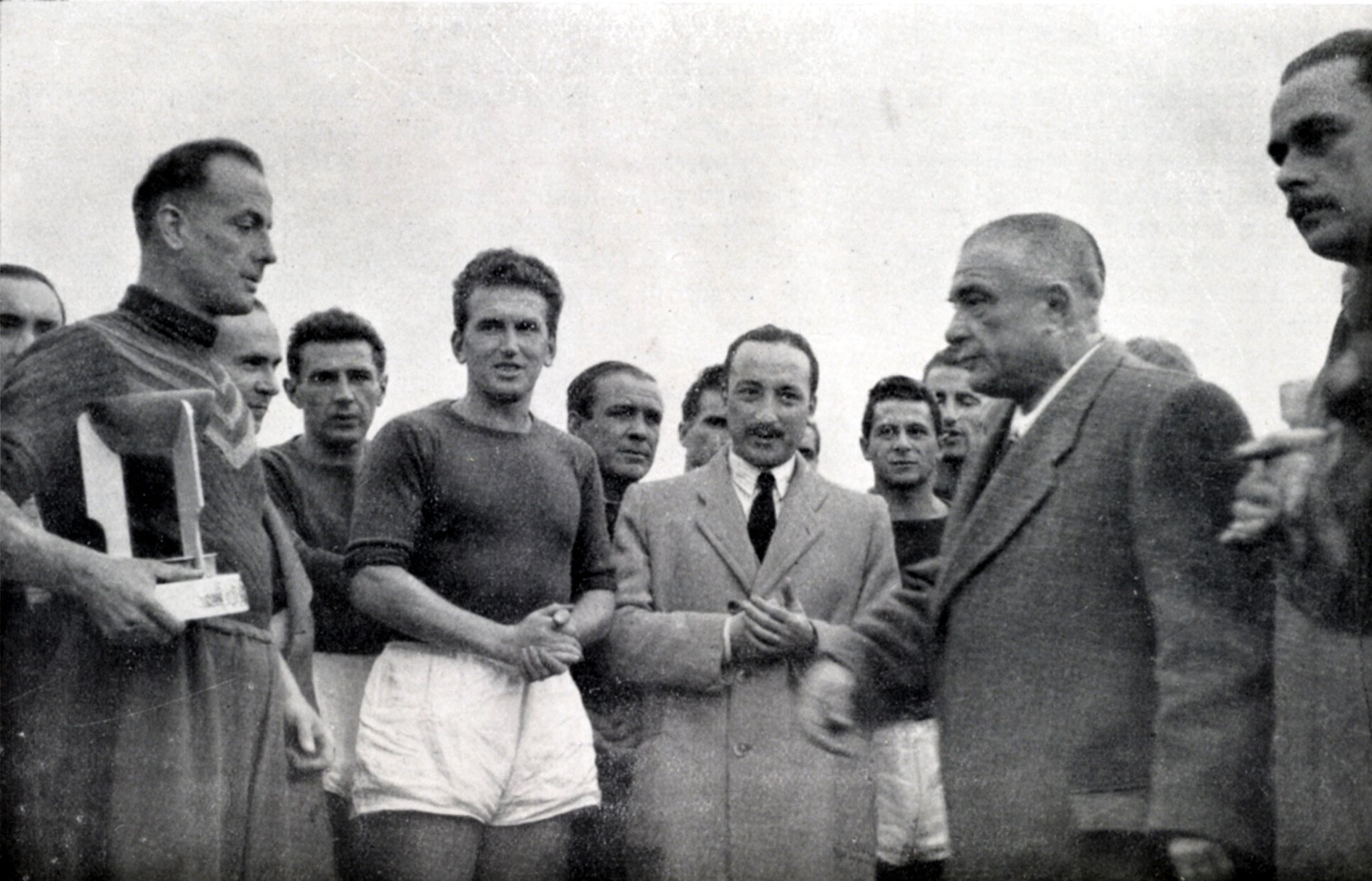
Plinio Farina: The Versatile Half-Back
Plinio Farina was a key figure in Como’s midfield from 1926 to 1933. Featuring in 146 matches, he was known for his versatility, contributing to both defensive and attacking play. His tactical awareness and ability to transition the ball efficiently made him an invaluable asset to the team.
Marco Romano: The Star Striker
Marco Romano was one of Como’s most prolific forwards, playing from 1928 to 1934, with a brief return in the 1941–42 season. Over 101 appearances, he scored an impressive 71 goals, demonstrating his prowess in front of goal. Romano’s scoring ability was instrumental in several of Como’s victories during this period.
Guido Quadri and Piero Maronati: Defensive Mainstays
Guido Quadri and Piero Maronati were two key defenders who solidified Como’s backline during the early 1940s. Quadri played 163 matches and scored 11 goals, while Maronati contributed seven goals over 210 appearances. Their leadership and defensive prowess were crucial in maintaining the team’s competitive edge.
The period between 1925 and 1945 was a transformative era for Como 1907. With players like Antonio Cetti, Renato Preziati, and Marco Romano leading the way, the club established itself as a formidable team in Italian football. Their dedication, skill, and tactical intelligence laid the foundation for the club’s future success, leaving an enduring legacy in Como’s football history.



